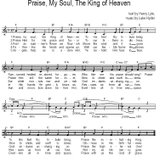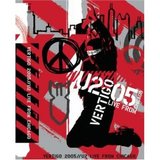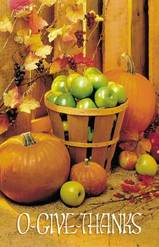I love singing with children - (well, most of the time, but that part doesn't come into this story). They soak up words and melodies like sponges, storing them away and pouring them out at every opportunity, “in season and out of season” - as the parents in our church ruefully attest.
What makes a good children's hymn? Or a good song for young people? Nobody I know, and no-one I've ever read, has ever come up with the formula.
The problem is compounded by the fact that children will gleefully and confidently sing a song that is not at all what we think of as a “children's” hymn. Three-and-a-half year-old Joseph in our church can sing “Kwase, Kwase/Be Like Him” by Kirk Franklin, or join his (younger) brother Benjamin in a duet of “U ya-i mose” from Zimbabwe. (Two-year old Benjamin sings the bass part.) And, while I'm thinking of it, I remember 11- and 12-year-olds singing - lustily and with good courage - Charles Wesley's “And can it be that I should gain” at every opportunity at summer camp.
Then there's the practical challenge. In the classic worship situation, children troop up to the front for the Children's Sermon while we adults sing verse 1 and 2 of a hymn that mentions children. Then, as they head off to Sunday School, we sing the 3rd and final verse. We might be singing a worthy hymn, but we are really using it as walking music, a sung processional and recessional to frame the children's time up at the front.Continue reading...



